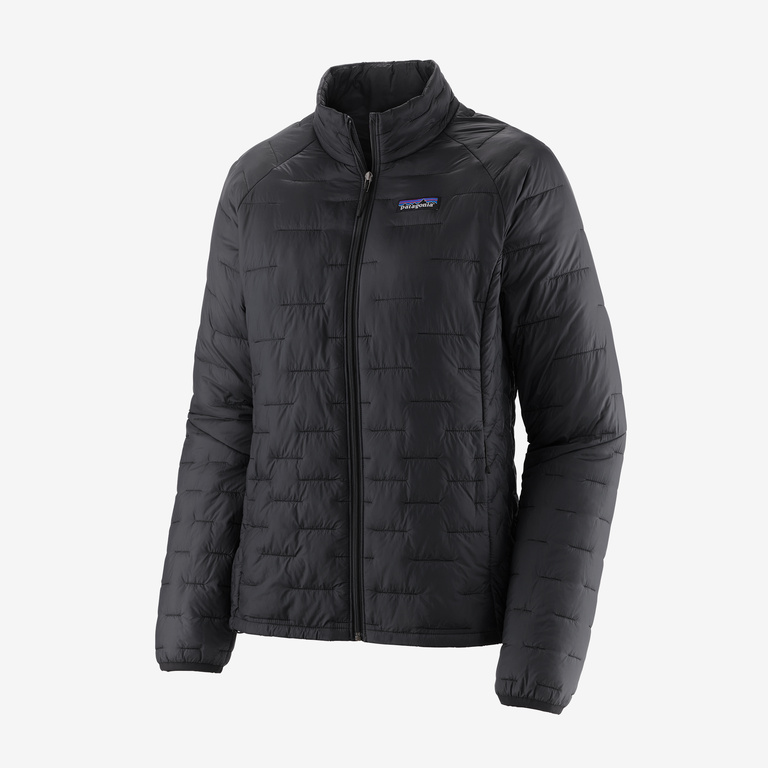What to Bring on Your Day Hike: Gear Guide
What to Bring on Your Day Hike
Whether you are going on a half-day hike or a full-day trek, it’s important to know what to bring on your day hike. You need to be prepared because you never know what kind of challenges you will face on the trail. You could experience a drastic weather change, you could get lost, hurt, or you might take longer than you expected. I have created this guide because it is always important to be prepared!

This list is made for you to know what you should pack on a day hike, so you know you are ready to face whatever challenges come your way.

Table of Contents
Comfortable Backpack

While not completely necessary, investing in a hiking backpack with padded shoulder straps and hip belt for support will make your life easier. In my opinion, having a good backpack can make or break your hiking experience. Choose a comfortable backpack with enough room to carry all your gear comfortably.
Food & Water

It is SO important to have enough food and water on your hikes. I made this mistake numerous times, so PLEASE learn from my mistakes. On my day hikes I usually pack a charcuterie board with cheese, salami, pepperoni, peppers and cherry tomatoes. I also bring plenty of snacks and candy such as trail mix, granola bars, chocolate covered blueberries and Maynards.
Make sure to carry an adequate amount of water, typically at least one litre PER person, and more if it’s a hot day or a long hike. I like using my 1L Nalagene water bottle and on a hot day or a longer hike, I use my 2L bottle.
You might also want to consider bringing electrolytes, like Gatorade, to replenish your body of lost electrolytes, along with a Katadyn BeFree water filtration system in case you run out of water. It is also quite refreshing to drink water safely from a cold creek on a hot day.
Navigation, Communication & Emergencies

The best purchase I have ever made as an addition to my hiking gear is a satellite GPS system (I purchased a Garmin InReach Mini). It allows me to share my location with friends and family and has an SOS button in case of an emergency. The peace of mind this gives me is definitely worth the cost.
If you do not have a GPS, you will need a map of the area. Your best bet is to bring a handheld map and compass, or you can download the map onto your phone. Although a phone is not the best navigation tool to use (it can be dropped and broken easily), using a navigation app like AllTrails can be helpful. If you pay for a yearly subscription, it has a new feature that allows you to live share your location.
It’s important to tell someone about your hiking plans BEFORE you go and let them know when they should expect to hear from you. An example message looks like this: “Hi! I’m heading out for (name of hike) today in (this particular area) and I should be back by 5pm this evening. If you don’t hear from me by that time, please call search and rescue. Thanks!”
In an emergency, you will need to be able to call for help. Make sure your phone battery is fully charged and bring a portable charger. Make sure you have your ID on you as well as a note with emergency contact information in case of an accident.
Attach a whistle to your backpack for easy access to signal for help in case of an emergency. Whistles are louder and more effective than shouting for attracting attention.
Clothing (Weather Appropriate), Extra Layers, & Sun Protection

Dress in layers so you can adjust to changing weather conditions. Wear moisture-wicking clothing, and pack a waterproof jacket or poncho if the weather forecast called for rain.
During the fall, winter and spring months, I personally wear a merino wool base-layer to help keep me warm and to wick away sweat.
Pack an extra layer of clothing, such as a lightweight fleece or a long-sleeve shirt, to stay warm if temperatures drop unexpectedly.
Shield yourself from the sun’s rays by wearing sunglasses, applying sunscreen, and wearing a hat with a brim. If you are going on a longer hike, wear a UV sun protection long sleeve shirt.
Hiking Shoes

You can start hiking in your runners, but if you decide to get serious about hiking, I would advise to invest in sturdy, waterproof/water resistant footwear with good traction. Contrary to belief, this does not have to be a hiking boot! Traditional hiking boots, trail runner, water resistant sneakers, Hoka’s, etc. will all do the trick. You just have to make sure your shoes have good traction to prevent slips and provide ample ankle support.
I personally wear Xero shoes!
First Aid Kit & Multi-Tool/Knife

All hikers should be carrying a basic first aid kit with bandages, antiseptic wipes, pain relievers, and blister treatment. I recommend getting a premade, light first-aid kit so you don’t forget any essentials. You can also add some more things to the kit such as tweezers, anti-histamines, Advil/Tylenol, splints, and emergency stop-bleeding tools like a tourniquet.
A multi-tool or knife is also a must as it can come in handy for various tasks, such as cutting bandages, repairing gear, or preparing food.
Safety & Emergency Items

Even if you plan to finish before dark, bring a flashlight or headlamp in case of unexpected delays. Check the batteries beforehand.
DO NOT rely on your phone flashlight.
I also carry emergency items like an emergency blanket, rope, an emergency shelter, fire starter, and waterproof matches.
Speaking of emergencies, it might be a wise idea to bring a small shovel and toilet paper for…you know…number 1 and number 2 emergencies haha.
Bear Spray

I carry bear spray year-round on all of my hikes. Thankfully, I have not had to use it on a bear, but I have had to use it on aggressive dear protecting their babies. It’s great to have on hand as you never know what kind of aggressive animal you are going to encounter. Here is a link to Alberta BearSmart Program for more information and resources.
Bonus Optional Gear

Depending on the hike’s length and difficulty, you may also consider bringing trekking poles, insect repellent, a small foldable cushion seat, a lightweight stove and cooking utensils for a hot meal or drink, and a portable phone charger.
Packing for your Four Legged Friend

I LOVE bringing my best four-legged friend on hikes with me, so I feel like it’s important to include a section for what I bring for her.

@CROWSNESTHIKES
I’m a coastal girl from Vancouver, BC moved to the Canadian Rockies in Southern Alberta. I have a passion for the outdoors, hiking, kayaking and backpacking. I have been exploring my new backyard and I’m here to share the best trails, adventures and activities along the way.